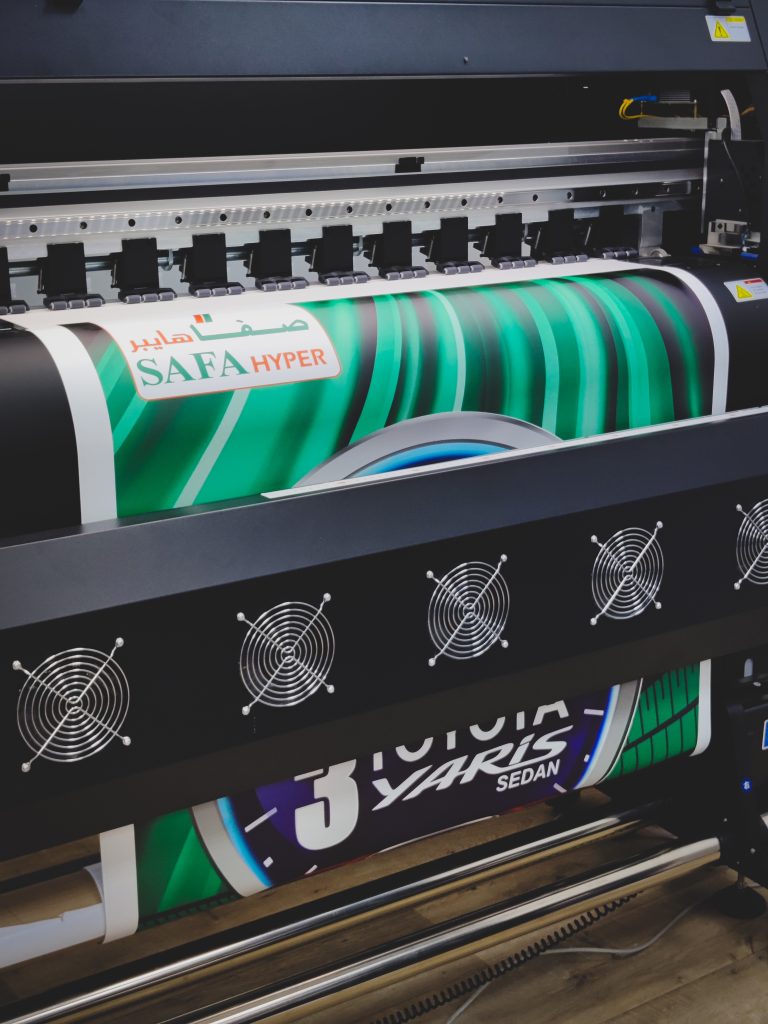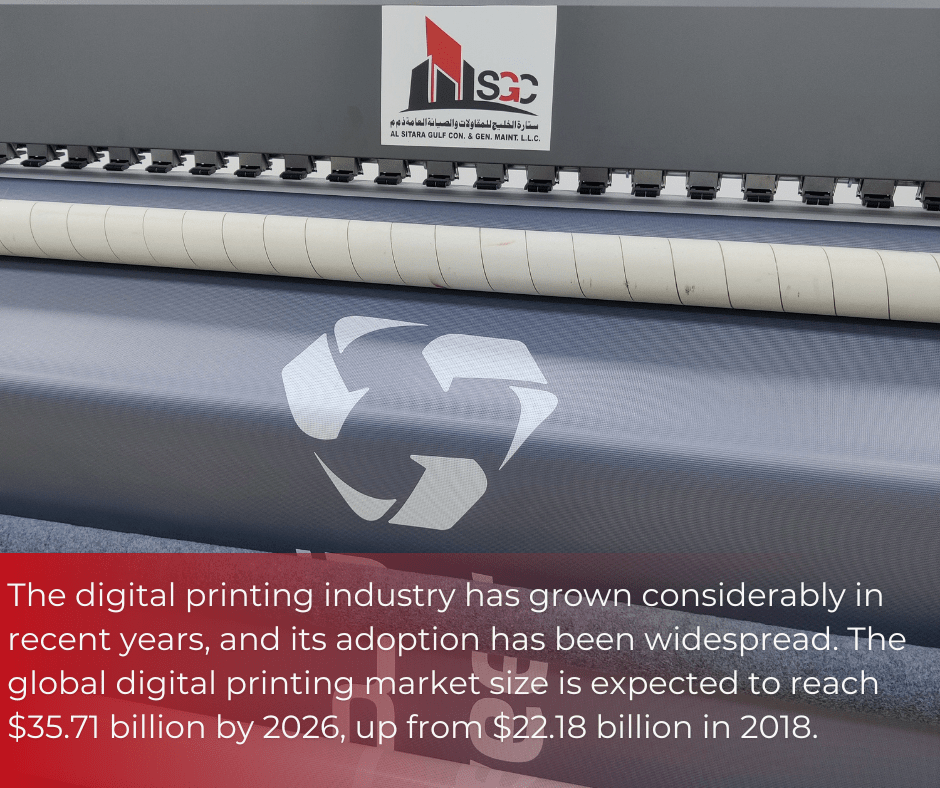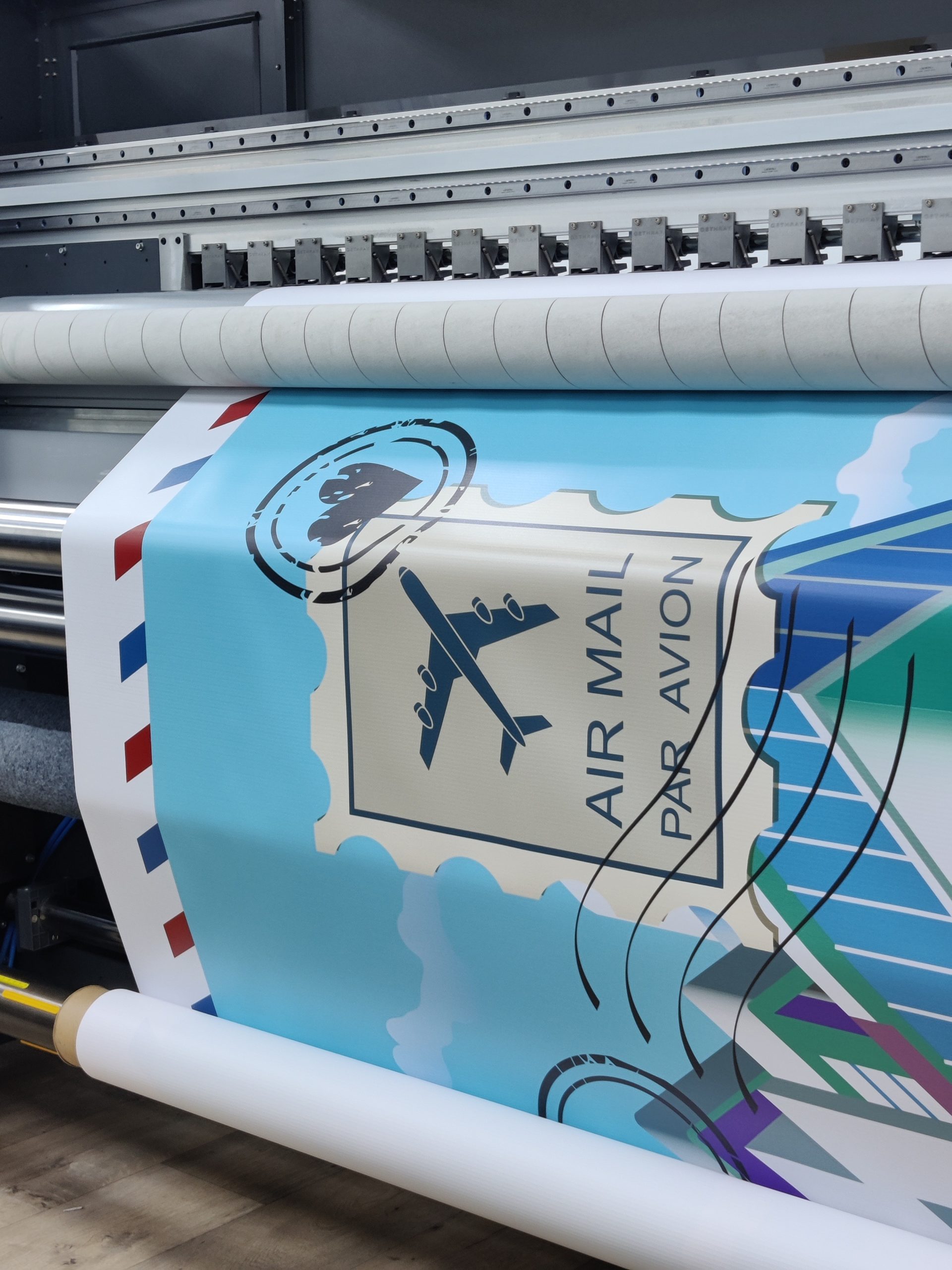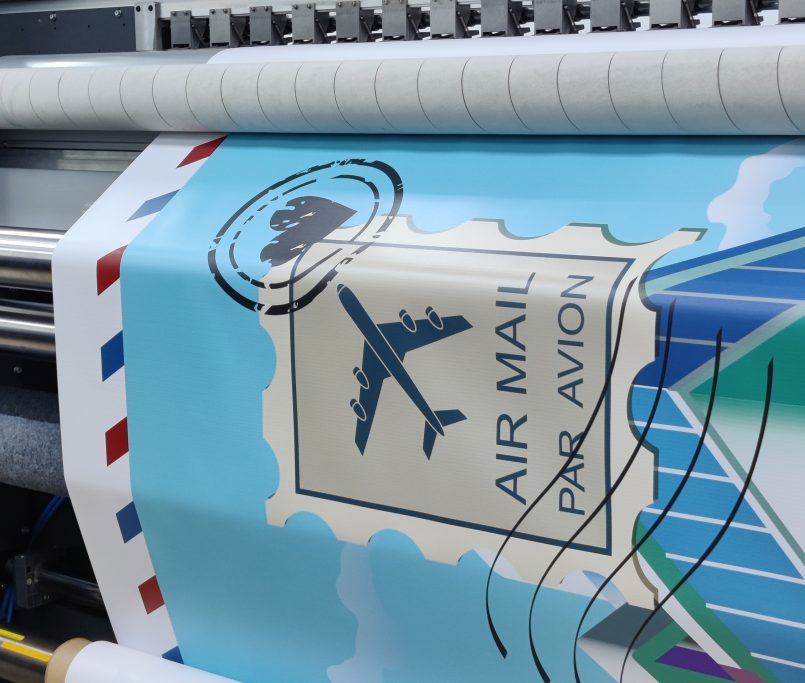The Future of Printing
How Digital Printing is Revolutionizing the Industry
Digital printing has emerged as a game-changer in the printing industry, revolutionizing the way things are done. Unlike traditional printing methods, digital printing allows for greater flexibility, customization, and speed, making it the go-to choice for businesses and consumers alike. With technological advancements, the future of printing looks even brighter.
Thanks to digital printing, businesses can now easily and cost-effectively produce high-quality marketing materials, such as brochures, flyers, and business cards. The ability to print on-demand and in smaller quantities has also opened up new opportunities for targeted marketing campaigns. Moreover, digital printing offers endless possibilities for customization, enabling businesses to create personalized products that resonate with their customers.
In addition to its versatility, digital printing also boasts environmentally friendly benefits. With reduced setup times and minimal waste, it is a greener alternative to traditional printing methods.
As the digital printing industry continues to evolve, we can expect even more exciting developments on the horizon. With advancements in technology, like 3D printing and smart packaging, the printing industry is poised for a future full of innovation and endless possibilities.

Advantages of digital printing over traditional printing methods
Digital printing offers numerous advantages over traditional printing methods such as lithography and flexography. One of the most significant advantages is flexibility. Digital printing allows for the easy printing of small quantities or even single copies, eliminating the need for large print runs. This flexibility helps businesses save money by reducing waste and inventory costs.
Another advantage of digital printing is customization. Digital printing allows for the easy creation of personalized products, making it an excellent solution for targeted marketing campaigns. Businesses can tailor their products to meet the specific needs of their customers, resulting in a higher level of customer satisfaction.
Digital printing also offers speed and efficiency. Unlike traditional printing methods, digital printing does not require printing plates, which significantly reduces setup times. This allows for quick turnaround times, making it an excellent choice for businesses with tight deadlines.
Growth and adoption of digital printing in the industry

The digital printing industry has grown considerably in recent years, and its adoption has been widespread. The global digital printing market size is expected to reach $35.71 billion by 2026, up from $22.18 billion in 2018. This growth can be attributed to the increasing demand for digital printing in various sectors such as packaging, textiles, and commercial printing.
The packaging industry, in particular, has seen significant growth in digital printing adoption. The ability to print on-demand and in smaller quantities has opened up new opportunities for customized packaging solutions. This has resulted in increased brand recognition, customer engagement, and sales.
Digital printing technology and advancements
Digital printing technology has come a long way since its inception, with advancements in software, hardware, and materials. One of the most significant advancements in digital printing is 3D printing. 3D printing technology has revolutionized the manufacturing industry, enabling the creation of complex and intricate designs that were previously impossible to produce.
Another significant advancement in digital printing is smart packaging. Smart packaging is a technology that incorporates sensors, QR codes, and other digital elements into the packaging design. This technology provides businesses with the ability to track their products, monitor their condition, and engage with customers in new and innovative ways.
Applications of digital printing in various sectors
Digital printing has several applications in various sectors such as packaging, textiles, commercial printing, and healthcare. In the packaging industry, digital printing is used to create customized packaging solutions that resonate with customers. In the textile industry, digital printing is used to create unique designs on fabrics, resulting in high-quality products.
In the commercial printing industry, digital printing is used to create marketing materials such as brochures, flyers, and business cards. This has resulted in the creation of cost-effective and high-quality marketing materials that help businesses stand out from the competition.
In the healthcare industry, digital printing is used to create personalized medical devices, such as prosthetics and implants, that are tailored to the specific needs of patients.
Cost-effectiveness and efficiency of digital printing
Digital printing is a cost-effective and efficient printing solution that helps businesses save money and time. Unlike traditional printing methods, digital printing does not require printing plates, which significantly reduces setup times. This allows for quick turnaround times, making it an excellent choice for businesses with tight deadlines.
Digital printing also allows for the easy printing of small quantities or even single copies, eliminating the need for large print runs. This flexibility helps businesses save money by reducing waste and inventory costs.

Environmental impact of digital printing
Digital printing is an environmentally friendly printing solution that has a lower environmental impact than traditional printing methods such as lithography and flexography. Digital printing does not require the use of printing plates, which significantly reduces setup times and waste.
Digital printing also allows for the easy printing of small quantities or even single copies, eliminating the need for large print runs. This results in less waste and reduces the environmental impact of printing.
Challenges and limitations of digital printing
Despite its numerous advantages, digital printing does have some challenges and limitations. One of the biggest challenges is the cost of equipment and materials. Digital printing equipment and materials can be expensive, making it difficult for small businesses to invest in this technology.
Another limitation of digital printing is the quality of output. Digital printing may not produce the same level of quality as traditional printing methods, especially when it comes to large print runs.

The future of digital printing and emerging trends
The future of digital printing looks bright, with several emerging trends that are set to revolutionize the industry. One of the most significant emerging trends is the integration of artificial intelligence (AI) and machine learning (ML) into digital printing technology. This will enable digital printers to learn from past prints and improve their quality over time.
Another emerging trend is the use of augmented reality (AR) and virtual reality (VR) in digital printing. This technology will allow businesses to create immersive and interactive experiences for their customers, resulting in increased engagement and sales.
Conclusion: Embracing the digital printing
Digital printing has revolutionized the printing industry, providing businesses with flexible, customizable, and cost-effective printing solutions. Its numerous advantages over traditional printing methods have made it a popular choice for businesses and consumers alike. With technological advancements and emerging trends, the future of digital printing looks even brighter. As the industry continues to evolve, it is essential for businesses to embrace the digital printing revolution and stay ahead of the curve.







